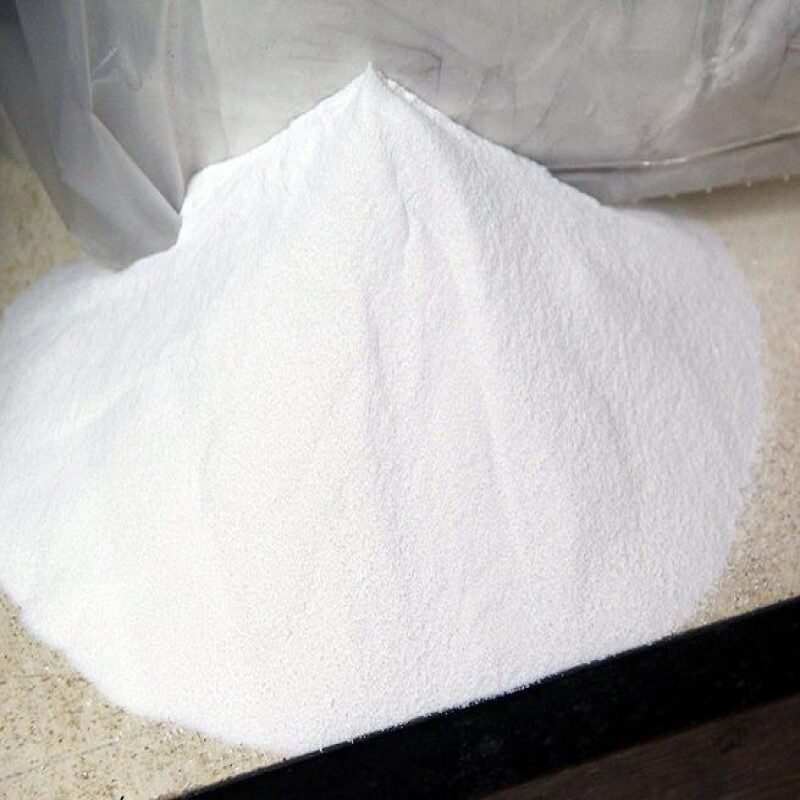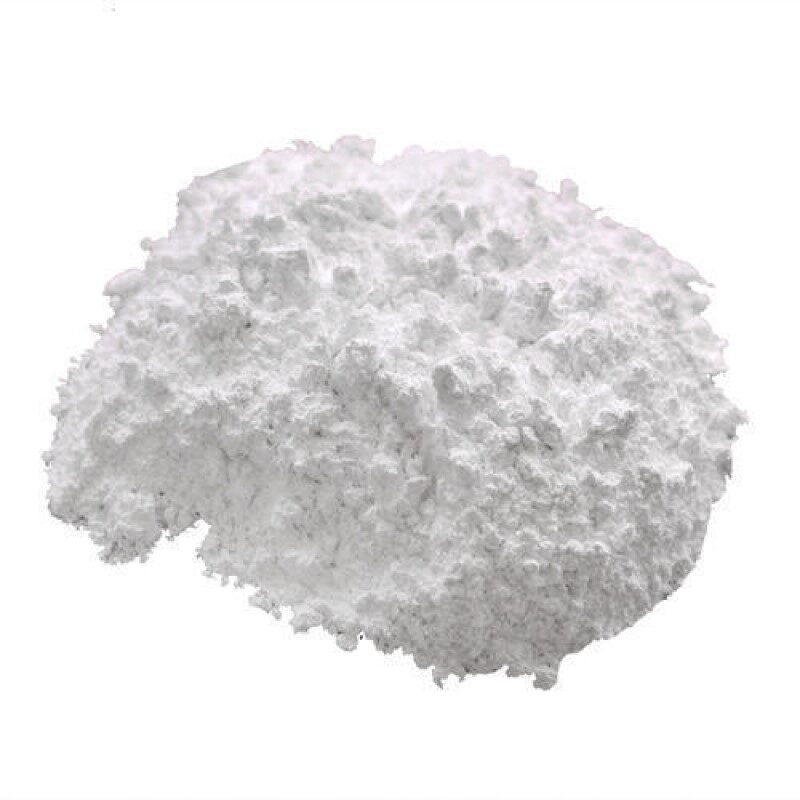Description
Remarks: The sample complies as per above Specification.
Uses: Benzyl benzoate is an organic compound which is used as a medication and insect repellent. As a medication it is used to treat scabies and lice. For scabies either permethrin or malathion is typically preferred. It is applied to the skin as a lotion. Typically two to three applications are needed.
Packing: 25 kg Jerry Cans
For AMIZARA SPECILITY CHEMICALS LLP
Benzyl Benzoate FAQs
1. What are the primary applications of Benzyl Benzoate provided by Amizara Speciality Chemicals?
Amizara Speciality Chemicals’ Benzyl Benzoate is commonly used as a solvent, fragrance fixative, and treatment for scabies and lice in pharmaceuticals and personal care products.
2. How does Amizara Speciality Chemicals ensure the purity and quality of its Benzyl Benzoate product?
Our Benzyl Benzoate undergoes rigorous quality control measures to ensure high purity levels and compliance with industry standards, ensuring its effectiveness and safety in various applications.
3. Is Benzyl Benzoate from Amizara Speciality Chemicals available in different grades or formulations?
Yes, we offer Benzyl Benzoate in various grades and formulations to meet the specific requirements and preferences of different industries and applications, providing flexibility and customization options for our customers.
4. What safety precautions should be observed when handling Benzyl Benzoate supplied by Amizara Speciality Chemicals?
It is essential to handle Benzyl Benzoate with care, following recommended safety procedures and guidelines to minimize exposure and potential hazards associated with its handling and use.
MSDS
Benzyl Benzoate, MSDS Sheet, Material Safety Data Sheet
SECTION 1: PRODUCT IDENTIFICATION
| Product Name & Other Names: |
Benzyl Benzoate |
| CAS Number: |
120-51-4 |
| EINECS EC Number: |
204-402-9 |
| Molecular Formula: |
C6H5COOCH2C6H5 |
| Molecular Weight: |
212.24 |
| Relevant uses and uses advised against (if any): |
Industrial use only. |
| Supplier: |
As per letterhead. |
SECTION 2. HAZARDS IDENTIFICATION
GHS, Globally Harmonized System Classification in accordance with 29 CFR 1910 Classification according to Regulation (EC) No 1272/2008
Acute toxicity, oral Category 4 H(302)
Hazardous to the aquatic environment, long-term hazard Category 2 (H411)
Labeling according to GHS & Regulation (EC) No 1272/2008
Hazard Statements:
| H302: |
Harmful if swallowed. |
| H411: |
Toxic to aquatic life with long lasting effects. |
Precautionary Statements:
| P264: |
Wash … thoroughly after handling. |
| P270: |
Do not eat, drink, or smoke when using this product. |
| P273: |
Avoid release to the environment. |
| P330: |
Rinse mouth. |
| P301+312: |
IF SWALLOWED: Call a POISON CENTER or doctor/physician if you
feel unwell. P391: Collect spillage. |
| P501: |
Dispose of contents/container in accordance with local/national regulation. |
Classification according to EU Directives 67/548/EEC or 1999/45/EC:
| Hazard Symbols: |
Xn Harmful R22
N Dangerous for the environment R51/53 |
| Risk Phrases: |
R22 = Harmful if swallowed.
R51/53 = Toxic to aquatic organisms, may cause long-term adverse effects in the
aquatic. |
SECTION 3. COMPOSITION / INFORMATION ON INGREDIENTS
| Product Name & Other Names: |
Benzyl Benzoate |
| CAS Number: |
120-51-4 |
| EINECS EC Number: |
204-402-9 |
| FEMA: |
2138 |
SECTION 4. FIRST-AID MEASURES
Always seek medical attention after first aid measures are provided.
| Eye Contact: |
Rinse immediately with plenty of water for 10 minutes at least. Contact a physician if symptoms persist. |
| Skin Contact: |
Wash thoroughly with soap and water; flush with plenty of water. Take off spoilt clothes. Contact physician if symptoms persist. |
| Ingestion: |
Wash the mouth with water; seek medical advice immediately. |
| Inhalation: |
Remove from exposure site to fresh air and keep at rest. Obtain medical advice. |
SECTION 5. FIRE-FIGHTING MEASURES
| Extinguishing Media Recommended: |
Use water spray, alcohol-resistant foam, dry chemical, or carbon dioxide. |
| Non-Recommended: |
Do not use direct water jet on burning material. |
| Extinguishing Procedure: |
Closed containers may build up pressure at elevated temperatures. If possible, containers should be cooled with a water spray. |
SECTION 6. ACCIDENTAL RELEASE MEASURES
| Personal precautions, protective equipment, and emergency procedures: |
Avoid breathing dust/fumes/gas/mist/vapors/spray. Use individual protective equipment (waterproof boots, suitable protective clothing, safety glasses, etc). Restrict unprotected personnel from the area. Prevent any contact with hot surfaces. Do not approach facing the wind. Do not touch the spilled material. |
| Environmental precautions: |
Do not let the product enter drains, soil, or water sources. Methods and materials used for containment Cleanup procedures and Storage: Contain spilled material. Cover with an inert, non-combustible absorbent material, (e.g. sand, earth, diatomaceous earth, vermiculite). Vacuum or sweep up and remove to an approved disposal container. Avoid open flames or other sources of ignition. |
SECTION 7. HANDLING AND STORAGE
| Precautions for safe handling: |
Apply according to good manufacturing and industrial hygiene practices. Ensure proper ventilation. Wash thoroughly after handling. Do not drink, eat, or smoke while handling. Avoid contact with skin, eyes, and clothing. Minimize dust generation. Avoid breathing dust/fumes/gas/mist/vapors/spray. Avoid
contact with eyes, skin, and clothing. Keep container tightly closed. Avoid ingestion and inhalation. Use individual protective equipment (waterproof boots, suitable protective clothing, safety glasses, etc). Prevent any contact with hot surfaces. |
| Conditions for safe storage, including any incompatibilities: |
Store in cool, dry, and ventilated area away from heat sources and protected from sunlight in tightly closed original container. Keep air contact to a minimum. Do not leave the material container open. Store protected from heat, sparks and ignition sources and incompatible materials. Avoid contact with skin and eyes. Avoid inhalation of dust/mist/vapor. Do not store with incompatible materials like strong acids, alkali, or oxidizing agents. Keep air contact to a minimum. Keep away from ignition sources and naked flame. |
SECTION 8. EXPOSURE CONTROL
| Respiratory Protection: |
Avoid to breath directly on the product. Apply local ventilations when appropriate. |
| Ventilation: |
Ensure good ventilation of the workstation. |
| Hand Protection: |
Avoid skin contact. Use chemical resistant gloves as needed. |
| Eye Protection: |
Use safety glasses. |
| Work Hygienic Practices: |
Wash hands with soap and water after handling. |
SECTION 9. PHYSICAL AND CHEMICAL PROPERTIES
| Appearance: |
It is colorless oily-liquid / crystalline-solid. |
| Odor: |
Light, Balsamic, Almonds-like. |
| Odor threshold: |
Not available. |
| pH: |
Not available. |
| Relative density: |
Not available. |
| Flash Point (C): |
148C |
| Boiling Point (C): |
323C – 325C |
| Melting Point (C): |
18C – 19C. |
| Auto-ignition temperature: |
Not available. |
| Decomposition temperature: |
Not available. |
| Upper/lower flammability or explosive limits: |
Not available. |
| Vapor pressure: |
Not available. |
| Vapor density: |
Not available. |
| Evaporation rate: |
Not available. |
| Flammability (solid, gas): |
Not available. |
| Partition coefficient: |
n-octanol/water: Not available. |
| Solubility(ies): |
Not available. |
| Viscosity: |
Not available. |
| Molecular Formula: |
C6H5COOCH2C6H5 |
| Molecular Weight: |
212.24 |
SECTION 10. STABILITY AND REACTIVITY
| Reactivity: |
It presents no significant reactivity hazards, by itself or in contact with water. Avoid contact with strong acids, alkali, or oxidizing agents. |
| Decomposition: |
Carbon monoxide and unidentified organic compounds may be formed during combustion. |
SECTION 11. TOXICOLOGICAL INFORMATION
- LD50 Oral – rabbit – 1,680 mg/kg
- LD50 Dermal – rabbit – 4,000 mg/kg
- LD50 Oral – rat – 1900 mg/kg
| Carcinogenicity: |
No component of this product present at levels greater than or equal to 0.1% is identified as probable, possible or confirmed human carcinogen by IARC, ACGIH, OSHA and NTP. |
| Mutagenic Effects: |
Not available. |
| Developmental Toxicity: |
Not available. |
| Reproductive Effects: |
No information available. |
SECTION 12. ECOLOGICAL INFORMATION
LC50 Fish 96 hour 2.3-3.9 mg/L Species Brachydanio rerio
| Biodegradability: |
Readily biodegradable. |
| Results of PBT and vPvB assessment: |
This substance/mixture contains no components considered to be either persistent, bioaccumulative and toxic (PBT), or very persistent and very bioaccumulative (vPvB) at levels of 0.1% or higher. |
SECTION 13. DISPOSAL CONSIDERATIONS
In accordance with local environmental laws. Avoid disposing into drainage systems and into the environment.
SECTION 14. TRANSPORT REGULATIONS
DOT (US): Not dangerous goods.
ADR/RID:
- UN number: 3082 Class: 9 Packing group: III
- Proper shipping name: ENVIRONMENTALLY HAZARDOUS SUBSTANCE,
LIQUID, N.O.S. (Benzyl benzoate).
IMDG & ADR/RID:
- UN number: 3082 Class: 9 Packing group: III EMS-No: F-A, S-F
- Proper shipping name: ENVIRONMENTALLY HAZARDOUS SUBSTANCE,
LIQUID, N.O.S. (Benzyl benzoate).
IATA:
- UN number: 3082 Class: 9 Packing group: III
- Proper shipping name: Environmentally hazardous substance, liquid, n.o.s. (Benzyl benzoate)
SECTION 15. REGULATORY INFORMATION
USA:
- SARA 302: No chemicals in this material are subject to the reporting requirements of SARA Title III, Section 302.
- SARA 313: Does not contain any chemical components with known CAS numbers
that exceed the threshold (De Minimis) reporting levels established by SARA Title III, Section 313.
- SARA 311/312 Hazards: Immediate Health Hazard. See section 2.
- California Prop. 65 Components: Not listed.
SECTION Section 16 – Additional Information
European Labeling in Accordance with EC Directives:
- H302 = Harmful if swallowed.
- H411 = Toxic to aquatic life with long lasting effects.
Classification according to EU Directives 67/548/EEC or 1999/45/EC:
| Hazard Symbols: |
N = Dangerous for the environment
Xn = Harmful |
| Risk Phrases: |
R22 = Harmful if swallowed.
R51/53 = Toxic to aquatic organisms, may cause long-term adverse effects in the aquatic environment. |
DISCLAIMER:
The information and recommendations set forth herein (hereinafter “Information”) are presented in good faith and believed correct as of the date hereof. It is compiled from various sources and it is not necessarily all inclusive nor fully adequate in every circumstance. In addition, these suggestions should not be confused with nor followed in violation of applicable laws, regulations, rules or insurance requirements applicable. This MSDS sheet is intended only as a guide to the appropriate precautionary handling of the material by a properly trained person using this product. Individuals receiving the information must exercise their independent judgment in determining its appropriateness for a particular purpose.




